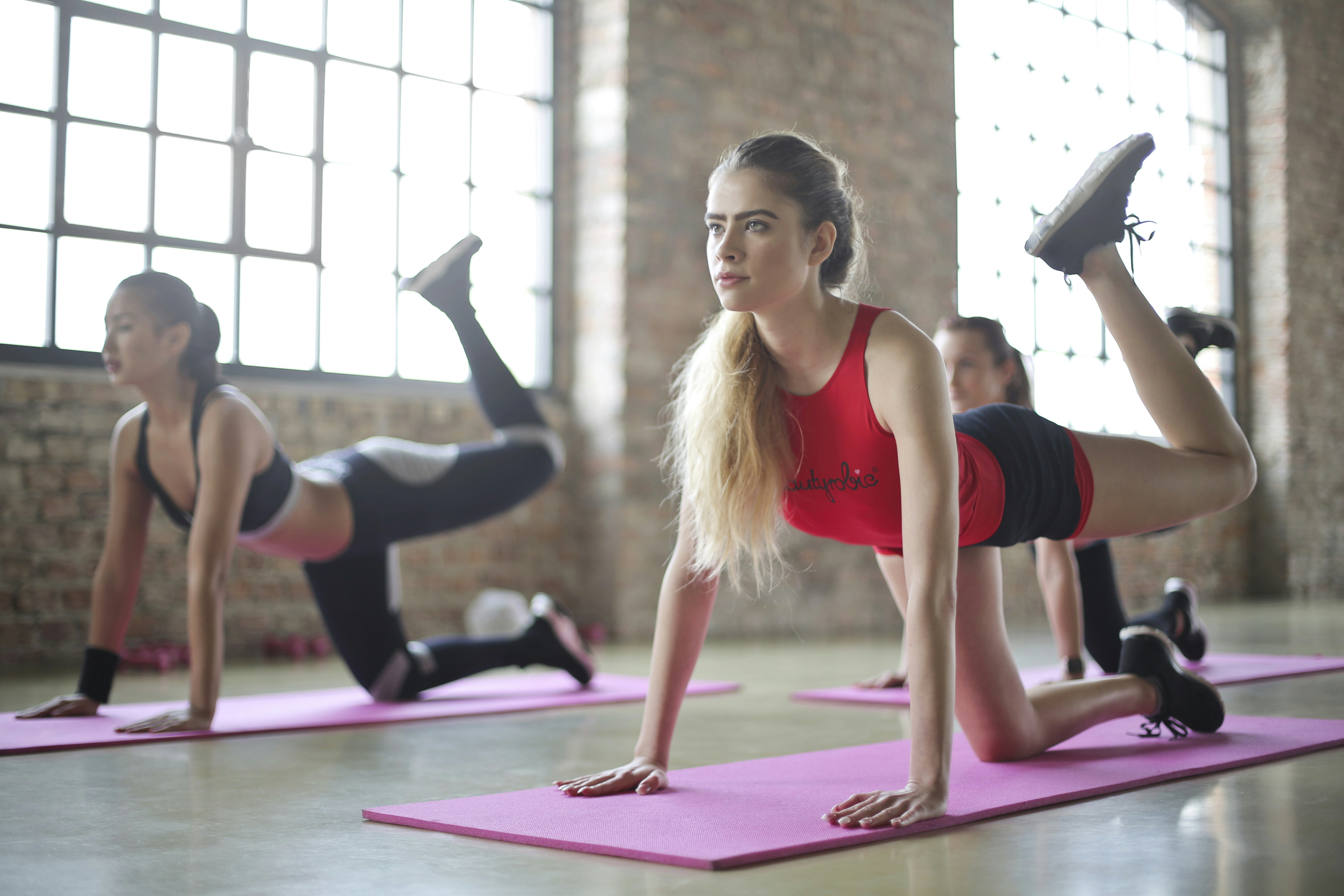7 Ways to unlock Your Yoga Weight Loss Journey: Join Our Free Webinar on Yoga for Weight Loss
Yoga for Weight Loss Yoga for weight loss is often recognized as a holistic practice that intertwines physical exercise, mental discipline, and spiritual growth. It has increasingly gained popularity as a method for weight management and overall wellness. Practicing yoga provides numerous benefits, making it an appealing choice for those looking to enhance their physical health while fostering mental peace. The integration of breath, movement, and mindfulness in yoga creates an environment conducive to achieving weight loss goals. Many people are turning to yoga as an alternative to traditional workout routines. Yoga for Weight Loss Easy In today’s fast-paced world, maintaining a healthy weight can feel overwhelming. However, incorporating yoga for weight losing easy can offer an approachable solution. Yoga not only strengthens the body but also brings mental clarity, making it a holistic choice for those looking to shed extra pounds. The Benefits of Practicing Yoga Yoga enhances flexibility, builds muscle strength, and boosts metabolism, all of which are crucial for weight management. With consistent practice, you may notice increased energy levels and decreased stress, both of which are factors that contribute to weight loss. Many people find that this practice helps them create healthier habits, leading to long-term success on their weight loss journey. Simple Yoga Poses to Get Started If you’re new to yoga, here are some simple poses to incorporate into your routine: Remember, consistency is key. By dedicating just a few minutes a day to these easy yoga practices, you can not only enhance your physical strength but also support your journey towards a healthier weight. Make Yoga for weight loss a part of your daily routine and see how it transforms your body Getting Started with Yoga For Weight Loss Many women seek effective methods for weight management, and yoga for weight losing women has gained significant popularity. This ancient practice not only nurtures the mind and body but also aids in shedding pounds in a holistic manner. The combination of physical postures, breathing techniques, and mindfulness can contribute to gradual and sustainable weight loss. Benefits of Yoga for Weight Management Yoga offers numerous benefits that complement weight loss efforts. Firstly, the practice enhances flexibility and strengthens muscles, which can boost overall metabolism. Secondly, yoga promotes mindful eating habits by encouraging practitioners to be more aware of their bodies and hunger cues. Engaging in yoga also reduces stress levels, as high stress can lead to emotional eating, an obstacle in weight loss journeys. Popular Yoga Styles for Fat Loss For women aiming to practice yoga for weight loss, certain yoga styles are particularly beneficial. Vinyasa or Power Yoga, for example, involves fluid movements that can elevate heart rate and burn calories effectively. Bikram Yoga, practiced in a heated room, can also promote sweat and fat loss. Furthermore, incorporating restorative yoga can aid in recovery and balance, ensuring a comprehensive approach to fitness that is both safe and effective. Understanding Yoga for Weight Reduction Yoga has long been celebrated for its holistic benefits, and many individuals are now turning to yoga for weight reduction. By incorporating yoga into your fitness regimen, you can not only shed pounds but also improve your overall mental and physical health. This ancient practice promotes mindfulness and body awareness, which can be crucial when it comes to effective weight management. Types of Yoga for Weight Loss Not all forms of yoga are created equal in terms of weight loss. Styles such as Vinyasa and Ashtanga are particularly beneficial, as they involve a more vigorous flow and continuous movement that can elevate your heart rate. These dynamic practices not only burn calories but also help build muscle, which is essential for maintaining a healthy metabolism. Incorporating Yoga into Your Lifestyle To maximize the benefits of yoga for weight reduction, consistency is key. Aim to incorporate yoga sessions into your weekly routine. Pairing your yoga practice with a balanced diet and other forms of exercise can lead to more effective weight loss results. Remember that yoga encourages self-acceptance and patience, allowing your body to transform in a healthy way over time. Integrating yoga as a regular practice can significantly benefit women striving for weight loss. With the right techniques and commitment, yoga emerges as a powerful ally in the journey toward a healthier lifestyle. While traditional exercise may focus solely on calories burned during a session, yoga emphasizes the balance between the body and mind, helping practitioners develop a deeper awareness of their bodies. This awareness can lead to improved lifestyle choices that promote effective weight management. Furthermore, various styles of yoga, such as Vinyasa and Ashtanga, are particularly vigorous and can help in burning calories while building muscle tone. Besides supporting Yoga for weight loss, yoga contributes to other significant health improvements. For instance, it enhances flexibility, which is essential for preventing injuries during physical activity. Improved posture, another benefit of regular yoga practice, can lead to better alignment and reduced strain on the body during everyday tasks. Additionally, the mindfulness cultivated through yoga encourages practitioners to become more attuned to their eating habits and cravings. This heightened awareness supports healthier decisions, contributing to sustainable weight management. In essence, yoga offers a comprehensive approach to yoga for weight loss that extends beyond mere physical exercise. The mental clarity and focus developed through yoga not only enhance the physical experience but also induce psychological benefits that facilitate overall well-being. Thus, integrating Yoga for weight loss is A journey that can yield results that are both substantial and long-lasting. The Science Behind Yoga for Weight Loss Yoga has garnered considerable attention as a holistic approach to weight management, combining physical activity, mindfulness, and stress reduction. The scientific principles supporting Yoga for weight loss benefits are rooted in its capacity to enhance metabolism and promote a healthier lifestyle. Studies have shown that engaging in different styles of yoga can significantly impact calorie burn rates. For instance, more vigorous forms like Vinyasa and Power yoga can provide an aerobic workout, leading to increased energy










